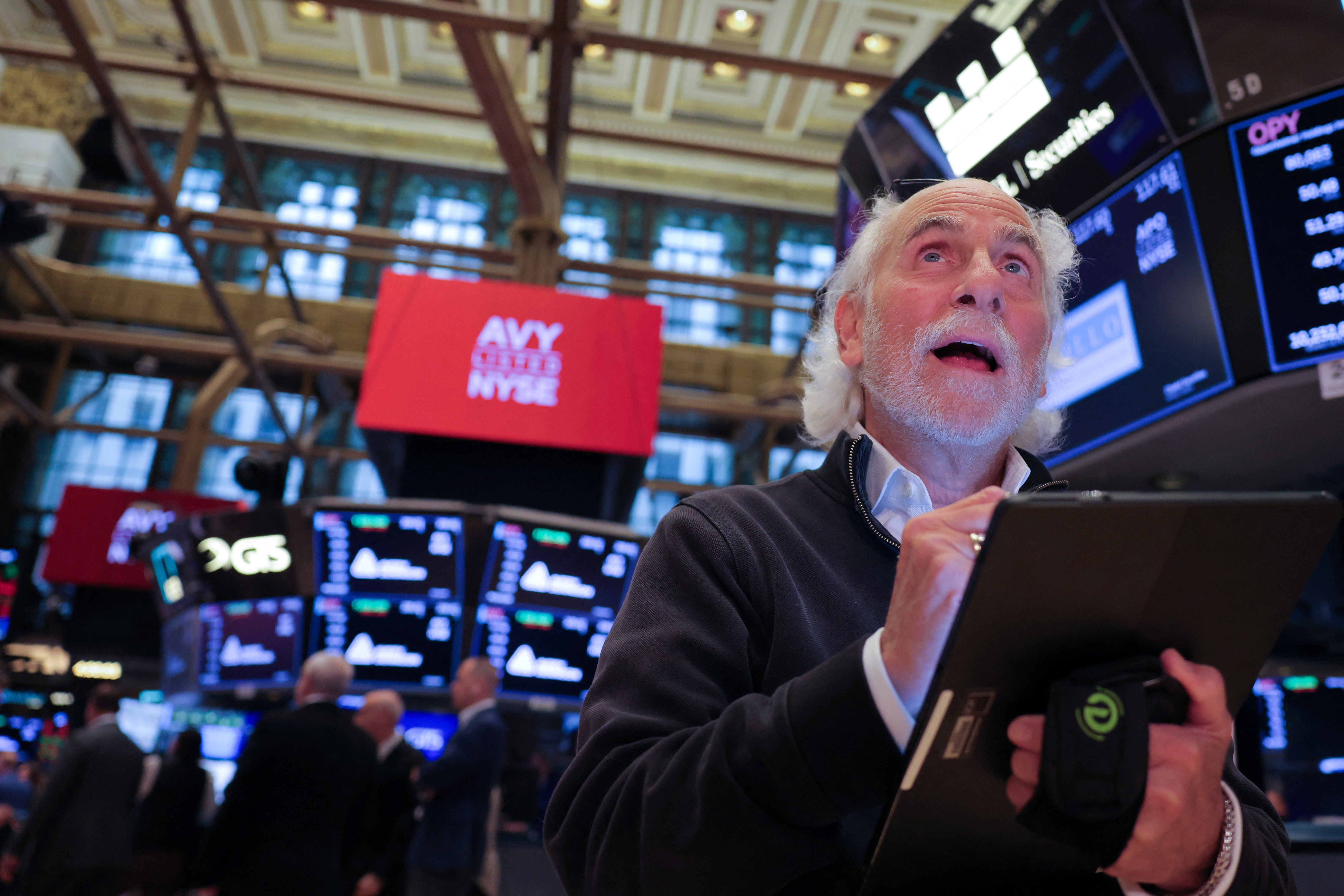The Federal Reserve dropped interest rates by half of a percentage point on Wednesday, its first cut since 2020. The move – larger than the .25 bps that was also under consideration – is a show of confidence that inflation is moving sustainably toward 2%, and it aims to boost to the labor market. The cut will bring the benchmark federal-funds rate to a range between 4.75% and 5%.
The Fed decided that keeping rates high “was becoming restrictive and worried the labor market could turn sour quickly,” according to Robert Kahn, Eurasia Group’s managing director of macro-geoeconomics. “They didn't want to fall behind the curve and decided to get a quick start at easing.”
In the short term,anticipation of rate cuts boosted Wall Street, with the Dow Jones Industrial Average hitting a new record on Wednesday. Yields on the 10-year Treasury note stood at 3.64% on Tuesday, up slightly from a 52-week low recorded on Monday. It also bodes well for Kamala Harris’ campaign, since high interest rates had been souring voters’ views on the economy.
In the long term, the Fed “looks like they will move gradually from here,” says Kahn. “It's a quick start to a long journey.” Inflation expectations are also unlikely to be affected because “inflation has been coming down recently, so any new risks will take time to show themselves.”
